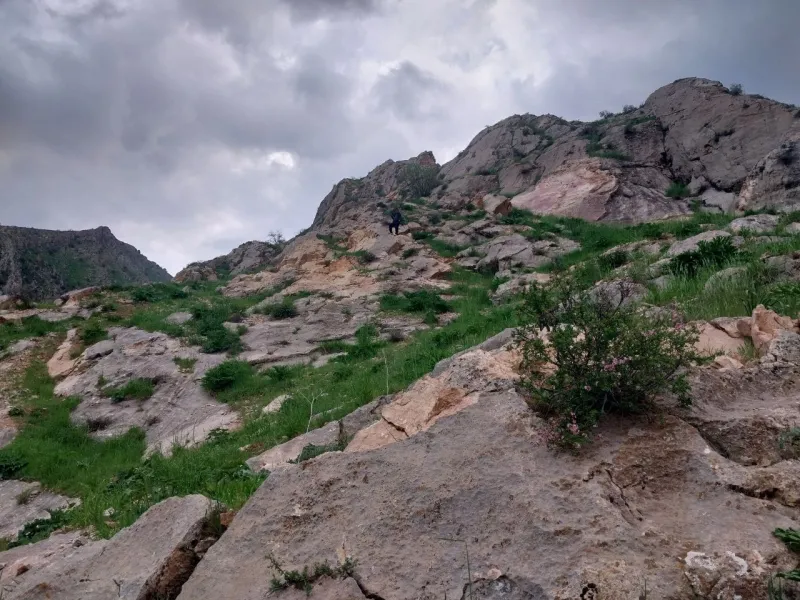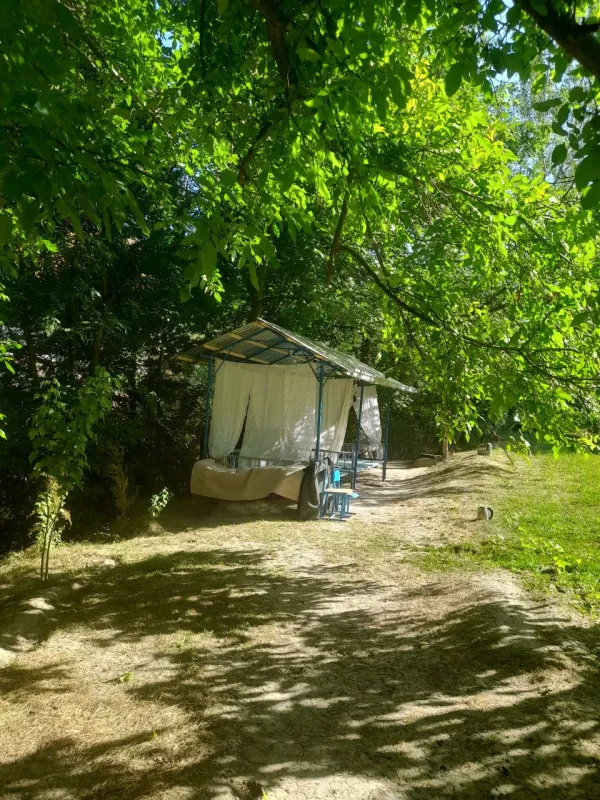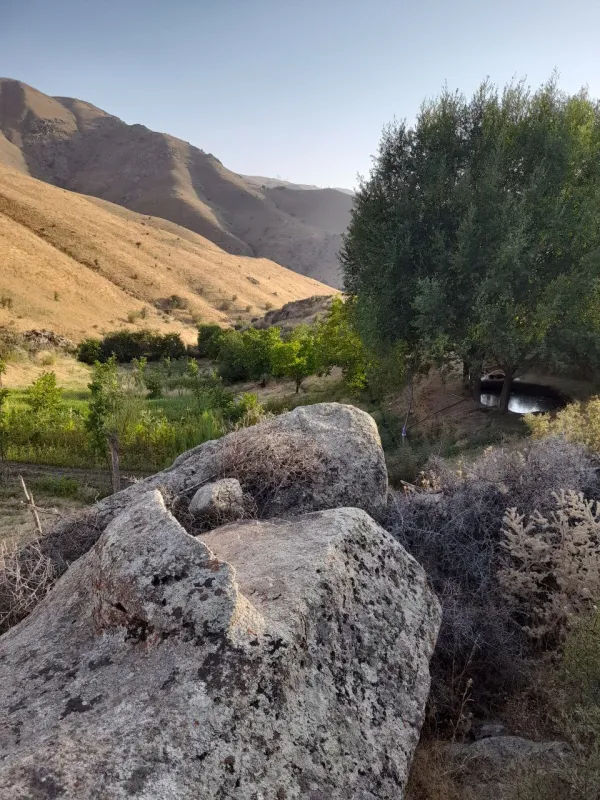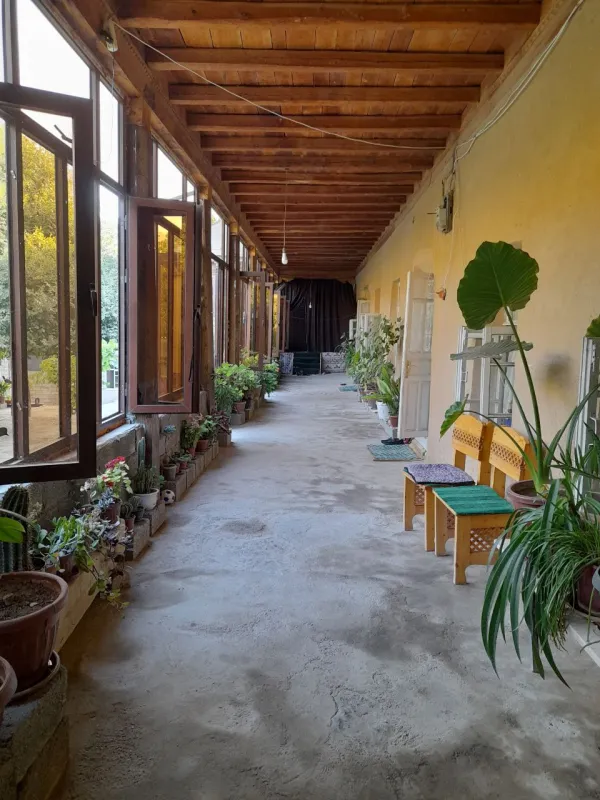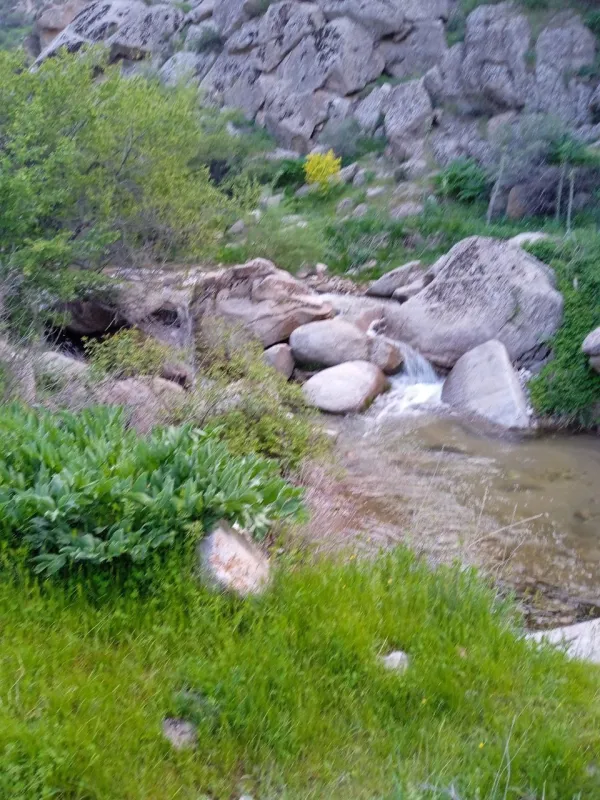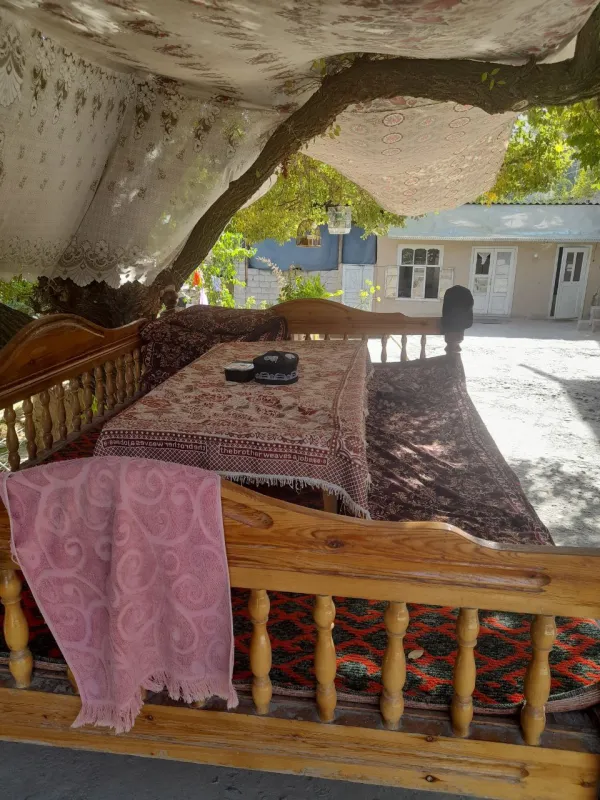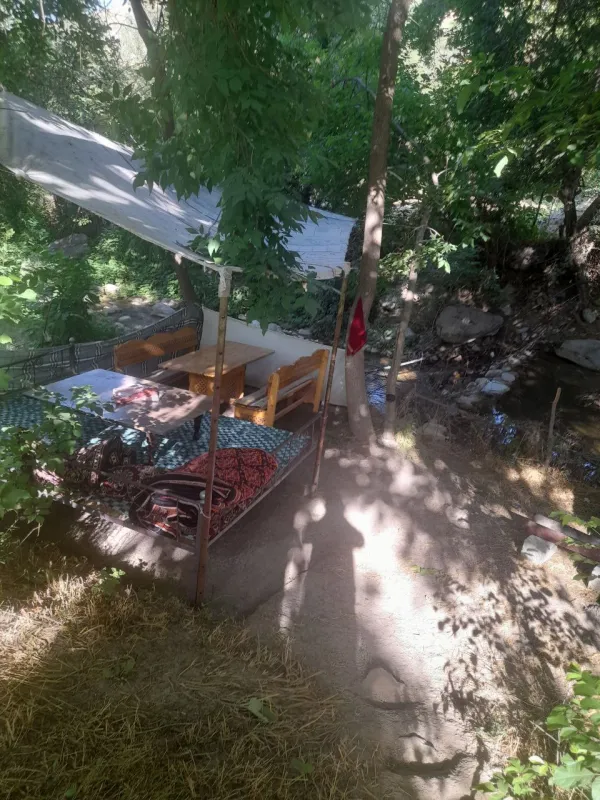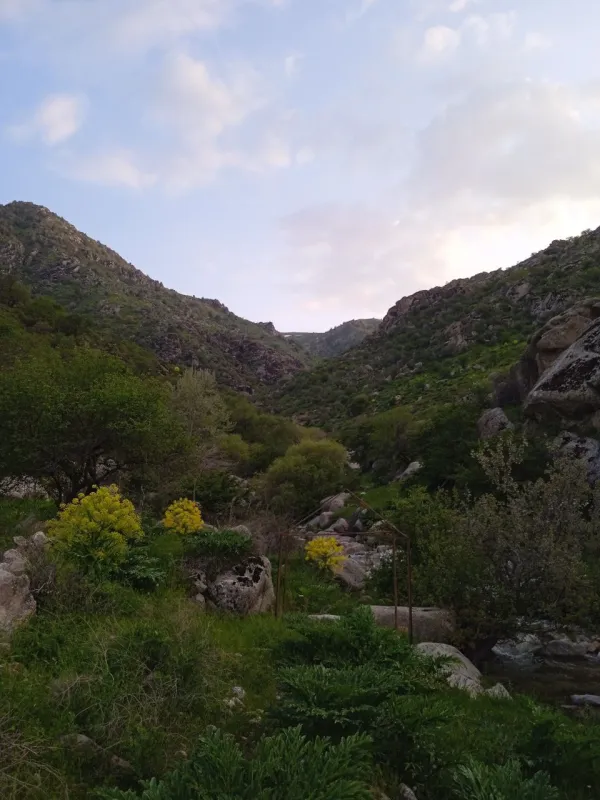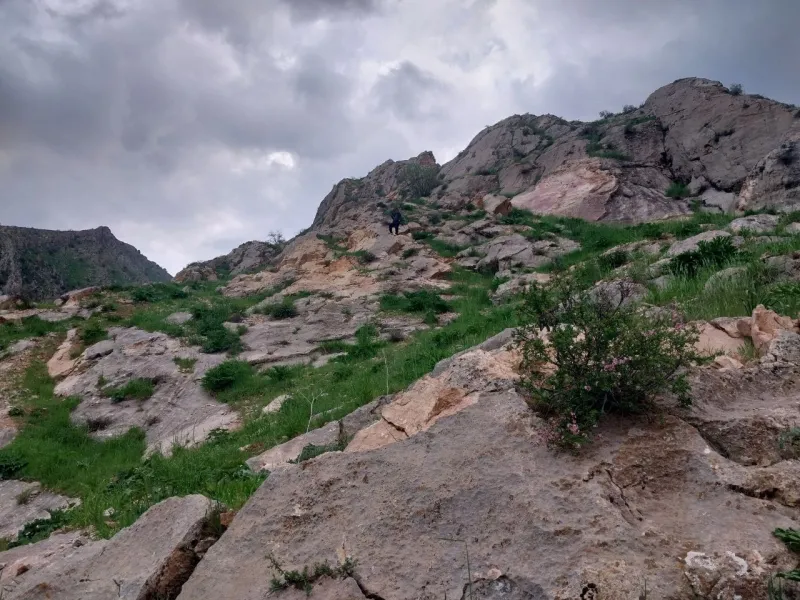

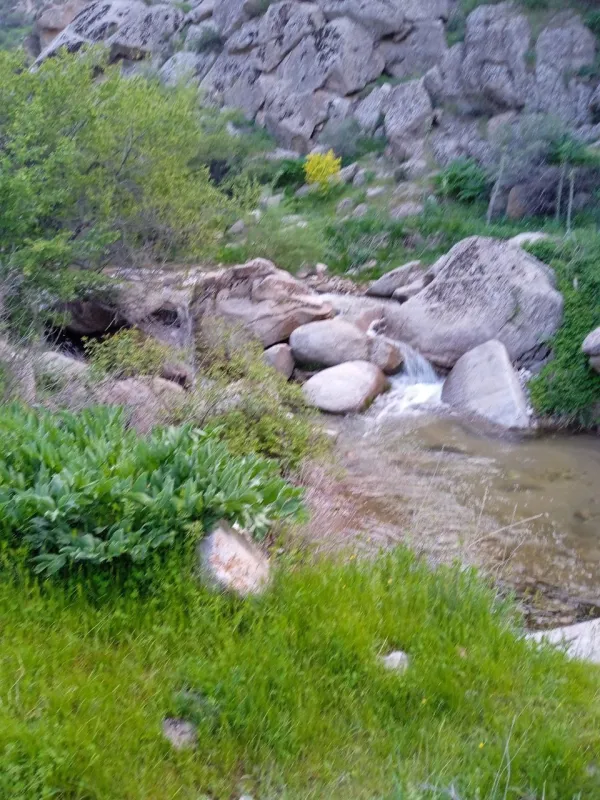
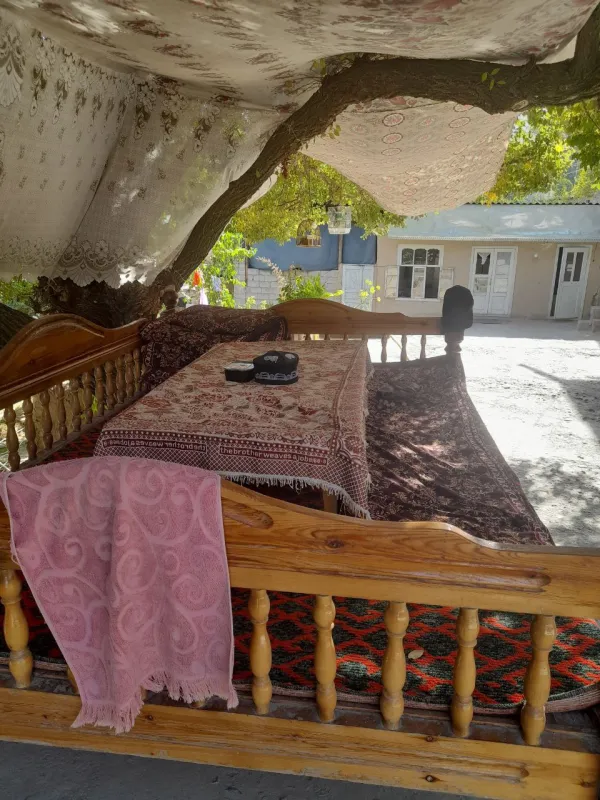
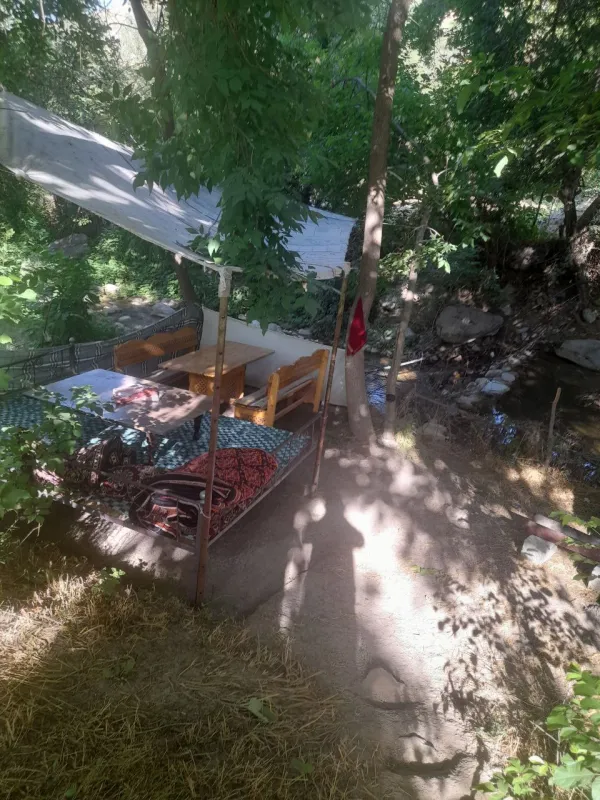
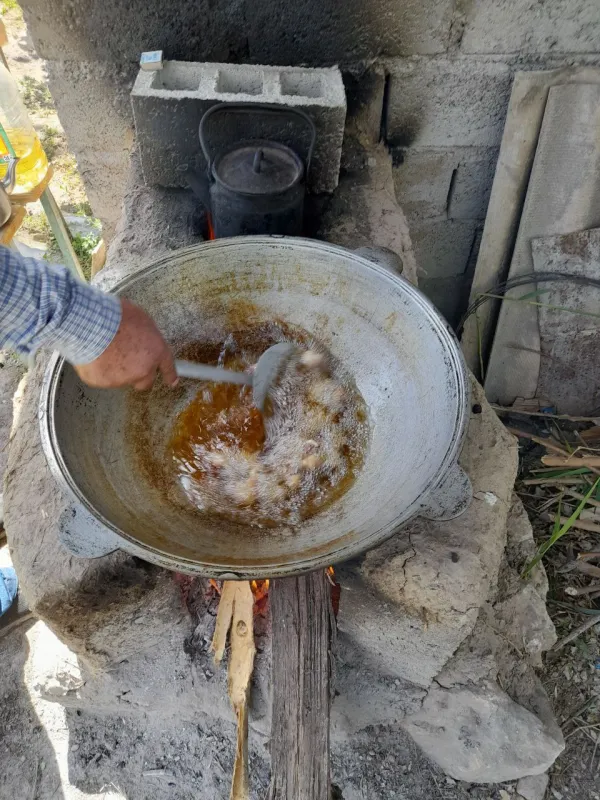
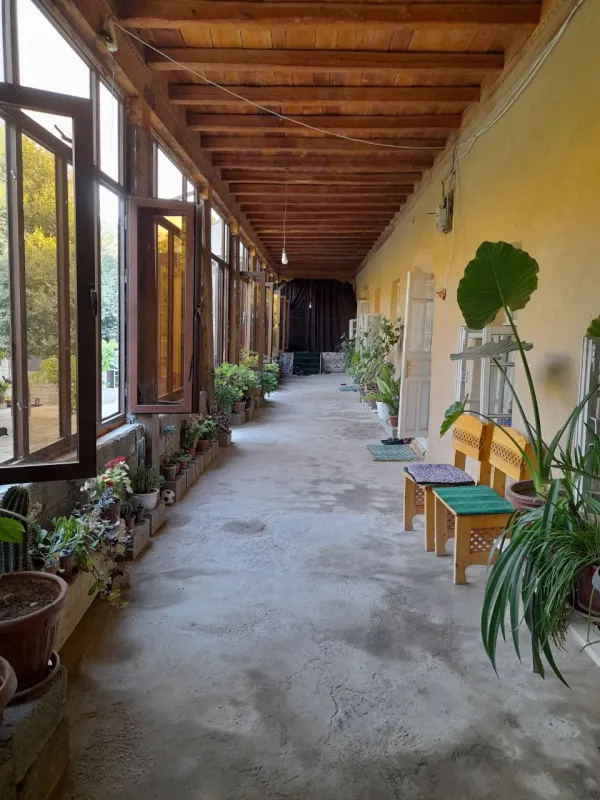
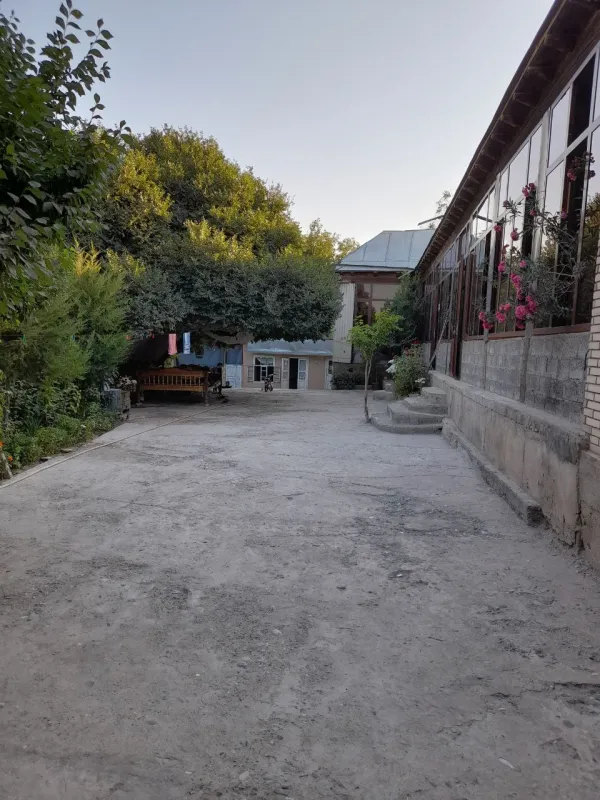
Description
I, Kadirov Sahib, was born and raised in this village. I am currently a farmer. We are family interested in waiting and turning tourists. I can also cook. We can serve all Uzbek national dishes. I myself have a resort in this village and I will ensure that the guests have a rest in this resort.
Foods
cuisine
Plov
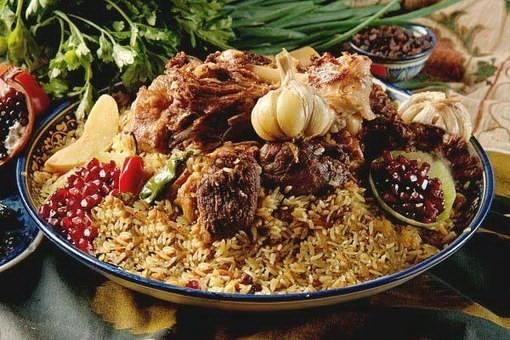
Plov is the main dish of Uzbek cuisine, and it holds a special place in the heart and taste of many people. It is a hearty, fragrant rice dish cooked with a mixture of meat, onions, carrots and spices. The dish is usually prepared in a large, heavy pot called a cauldron or deg, which allows for even cooking and the development of the desired crust known as a "cauldron". The main ingredients of Uzbek plov are rice, meat (often lamb, beef or chicken) and aromatic vegetables such as onions, carrots and garlic. The dish also contains spices such as cumin, coriander, and sometimes dried fruits and nuts, which provide a rich, complex flavor profile. Making Uzbek plov involves a unique method in which the rice and meat are layered in a pot, allowing the flavors to meld during the slow cooking process. The meal is often served with side dishes such as achichuk (fresh tomato and onion salad) and delicious yogurt. Uzbek plov comes in different regional variations, with cities like Samarkand, Tashkent, and Bukhara each adding their own flavor to the favorite dish. Uzbek pilaf is the pinnacle of culture, tradition and culinary art, from its rich history rooted on the Silk Road to its importance in social gatherings and celebrations.
cuisine
Sikh kebab
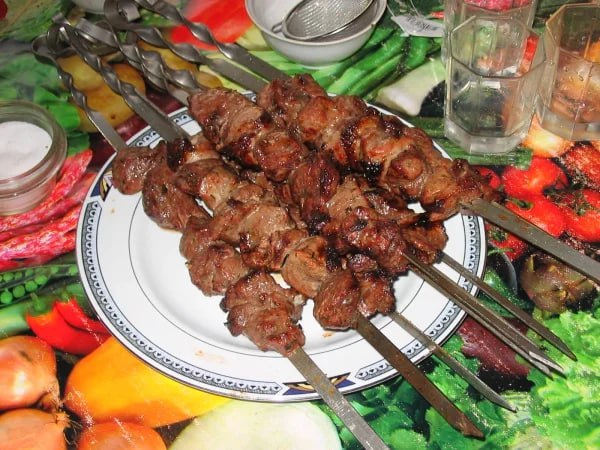
Six kebab is popularly called shashlik. "Shashlik" means "Sikh" in old Turkic languages, because "shish" means Sikh. "Kabob" means roasting. That is, this food, which is fried on a sikh, is taken from the most ancient dishes of mankind, especially primitive herdsmen. In those days, six was made of non-metal, of course. People cooked pieces of meat on sticks. It is impossible to keep pieces of meat lined up horizontally, because it will burn and fall off. For this purpose, wooden six (skewers) with meat were stuck vertically into the ground and cooked by exposing them to coals from the side where the wind blows. The custom of putting a piece of oil on the end of the kebab is from that time. This fat melted and seeped into the rows of meat below. Now, putting fat on the tip of the kabob is only a matter of construction and has no practical value, because the fat on the tip of the kabobs, which are placed horizontally on the fire, will flow out and catch fire without getting absorbed into the meat. "Shish" is six and its height is described in the book "Kyrgyz cuisine". For kebabs, thigh and thigh meats, buttock fat are food and always cut into the size of the first joint of the head bar. That is, it will be pieces of 15-16 grams. The fat is cut in the same size. Put it in a bowl and sprinkle with salt, cumin, coriander seeds and pepper. Finely chop the onion and mix well. That is, the meat is taken in handfuls and thrown back into the pan. It is mixed with mineral water, so that the water, onion juice, salt and spices are well absorbed into the meat. Only then will the kebab cook well. If there is freshly slaughtered sheep or beef, it can be cut without vinegar, sprinkled with salt and cooked in a six. Even if the meat itself is fresh, but it has become dry due to wind, it is vinegared. During pickling, spices, onion juice, mineral water and sour juices such as pomegranate, cherry, tomato are crushed. Kebab meat is cooked only on the basis of boiling water. This is the purpose of pickling, if the meat is not tender, the surface will quickly burn on the coals, and the heat will not penetrate inside the shell, as a result, the top will be burnt and the inside will be raw, and the good food will be wasted. Well-ground meat can be immediately transferred to the sieves and cooked, and unground meat can be left in a cool place for several hours to absorb the juices and spices. When we say vinegar, we should not come to the conclusion that vinegar is added to it, some people add vinegar to raw meat and take it away. It is a mistake to do this, because vinegar (especially white vinegar) will remove all the fat from the meat, it will be difficult to cook, and even if it is cooked, it will be tasteless. In fact, it is eaten by sprinkling vinegar on the face of the ready kebab. For this purpose, we recommend using only grape, apple and fig vinegars. Sliced meat is cut into four, six, or eight pieces depending on the length of the thigh, and traditionally the last piece is the thigh.
Desert
Conveniences
- Wi-Fi available
- Street parking
- Family friendly
- Air conditioning
- Heating system
- Garden
- Charging electric vehicles
- You can bring alcohol, cocktail and soda
- Tandoor
- Tapchan

 English
English O'zbek
O'zbek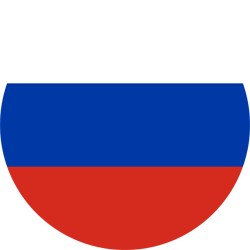 Русский
Русский